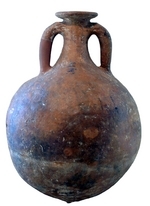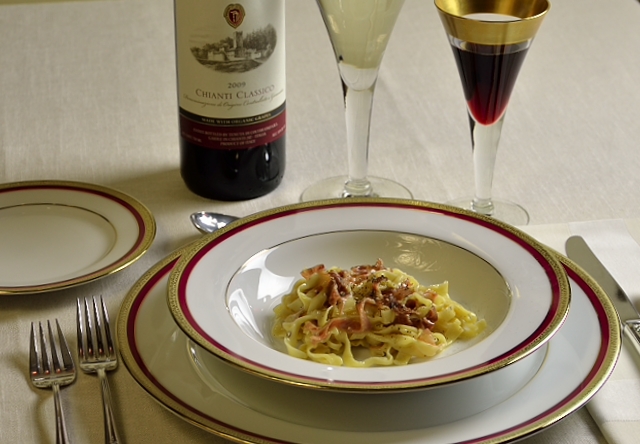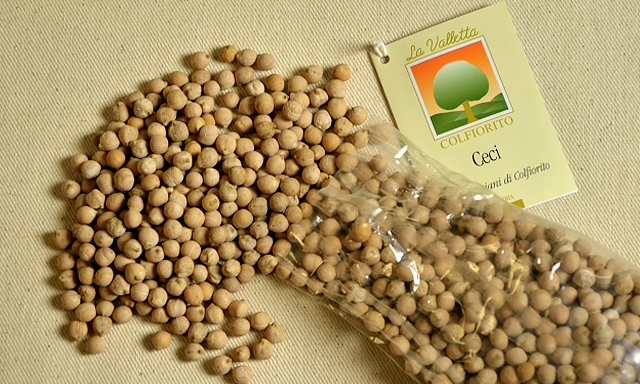Eggplant with Roasted Tomatoes, Baked Ricotta and Herbs
Man has cultivated the olive tree for thousands of years. The Roman Empire depended on olive oil for everything from perfumes and personal hygiene to cooking and lighting.
Pamela is a well known food writer, cookbook author, and cooking teacher. With her husband, artist Johnny Johns she operates Poggio Etrusco bed and breakfast and working farm in Montepulciano, Tuscany. On her organic certified farm property she grows the Moraiolo, Leccino, Correggiolo, and Pendolino olives that go into the oil. In November it is time for la raccolta delle olive, the olive harvest, when Pamela, her family and crew, and even guests, pick the fruit (yes, olives are fruit) entirely by hand. The careful harvesting, free of rakes and machines, assures that the fruit reaches the frantoio, the olive pressing mill, unbruised and in good condition, resulting in a pure, fresh tasting oil. Pamela’s hands on approach to the manufacture of her oil is a mixture of science, hard work, and respect for tradition and the earth. Read more… »
- Hi Faye, You are right. It is simple with the fresh ricotta. And it really is pretty. I bet that…
- Thanks, Adri. Doing it with plain ricotta sounds easy and delicious too! The combination of eggplant, tomatoes and creamy dairy…
- Hi Val, I envy you that adventure. It must be amazing to see the oil being pressed. I find the…
- Hi Faye, I use a heavy Staub grill pan that gets nice and hot and food does not stick to…
- When I was in Calabria I was able to go to the frantoio to watch the agritourismo's olives turned into…
















